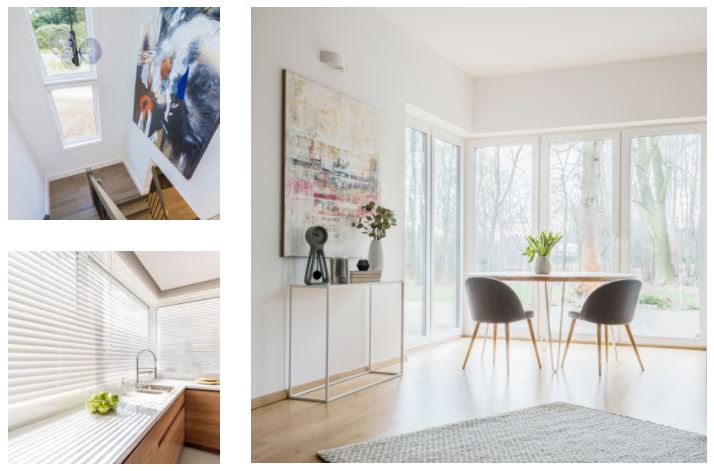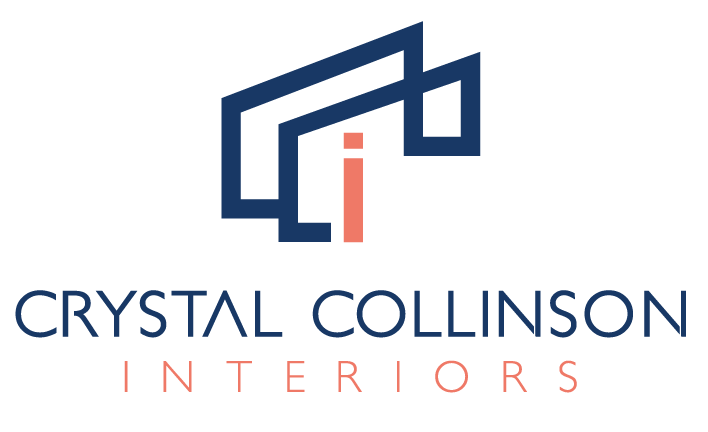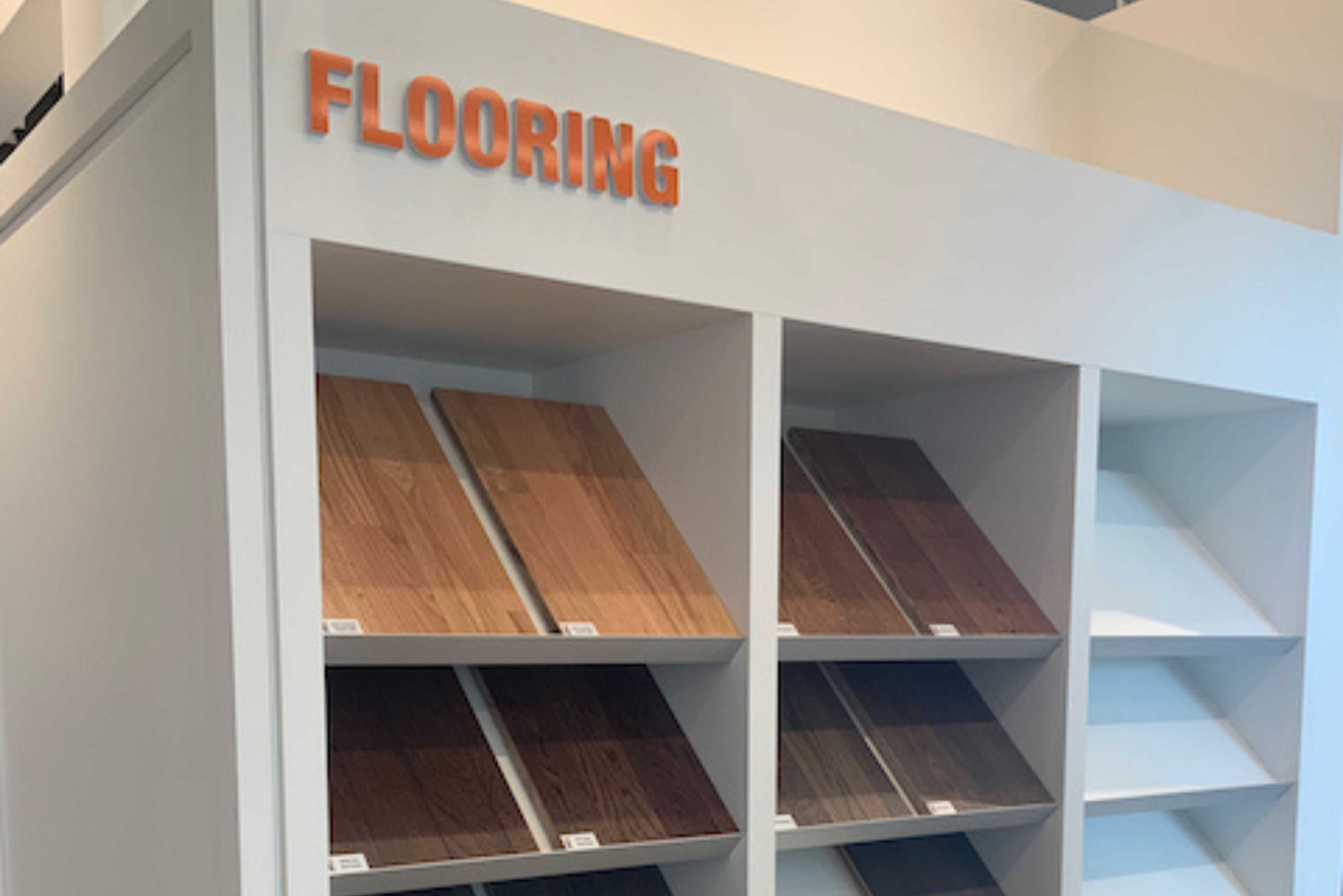Hello, dear readers! I’m back with another installment in my Work Well with an Interior Design Professional series! I’m really pleased that this series has been resonating with you all. As I’ve said before, from professionals working for new home builders and condo developers to home owners and fellow interior design professionals and students, we can all benefit from better understanding the process of working with an interior design professional. When we’re all on the same page and know what to expect, the experience is as smooth and easy as possible for all parties involved.
Today we’re talking about Step 8. Need to catch up? You can read Part 1 here, Part 2 here, Part 3 here, Part 4 here, Part 5 here, Part 6 here and Part 7 here.

Step 8: The Interior Furnishings and Fittings Phase
This step involves the sourcing and ordering of all “soft” goods, aka decorative elements. Unlike the “hard” goods that we talked about last time – the solid, foundational pieces in interior design, like appliances, finishes, fixtures, electronics, and so on – “soft” goods are interior furnishings and fittings: furniture, area rugs, window treatments, mirrors, art, and accessories.
Step 8 therefore starts with the sourcing of these various elements, including:
- Furniture – sofas, coffee tables, chairs, dining room tables, benches, office desks, bed frames, media consoles, credenzas, book shelves, stools, dressers, night stands, armoires, storage cabinets – the list goes on!
- Area rugs – whether for living or dining areas, kitchens, bedrooms or bathrooms, area rugs tie an interior design look together
- Window treatments – curtains, blinds, shades, drapes, valances – whatever is needed
- Mirrors/art – paintings, framed prints, sculptures, and much more
- Accessories – this means things like pillows and throws, table and floor lamps, potted plants, vases, clocks, decorative bowls, and any final touches that add that last bit of “je ne sais quoi”
The interior design professional begins by sourcing and purchasing all of these items on behalf of the client and as per the approved budget. Part of the interior design professional’s role is to negotiate and administer these orders with suppliers, vendors, and other representatives. As with the ordering and purchasing of hard goods, the interior design professional aims to negotiate the best price on the client’s behalf.
Next, the interior design professional is responsible for monitoring all shipments to ensure that goods come in on time. If any problems related to undelivered or late goods arise, the interior design professional jumps in to resolve these issues. This takes pressure off the client and lets them rest easy knowing that the project will be delivered seamlessly, regardless of all the moving parts. My fellow interior design professionals will know that although we make it look easy, this job is not for the light of heart or for those who get stressed out easily! This is why you’ll often hear me talking about the importance of solving problems, and also about essentialism, productivity, and stress management.
Lastly, the designer coordinates all deliveries to the site for installation. Whether it’s a model home, a sales centre, or a residential home, the delivery will be coordinated and scheduled without the client having to lift a finger. Again, the interior design professional makes sure that the entire delivery process runs smoothly and on schedule, so that the client has complete peace of mind.
That’s it for Step 8!
Stay tuned and watch my blog to learn more about Step 9.
Questions? Comments? Connect with me on Instagram or Facebook, and let me know!





